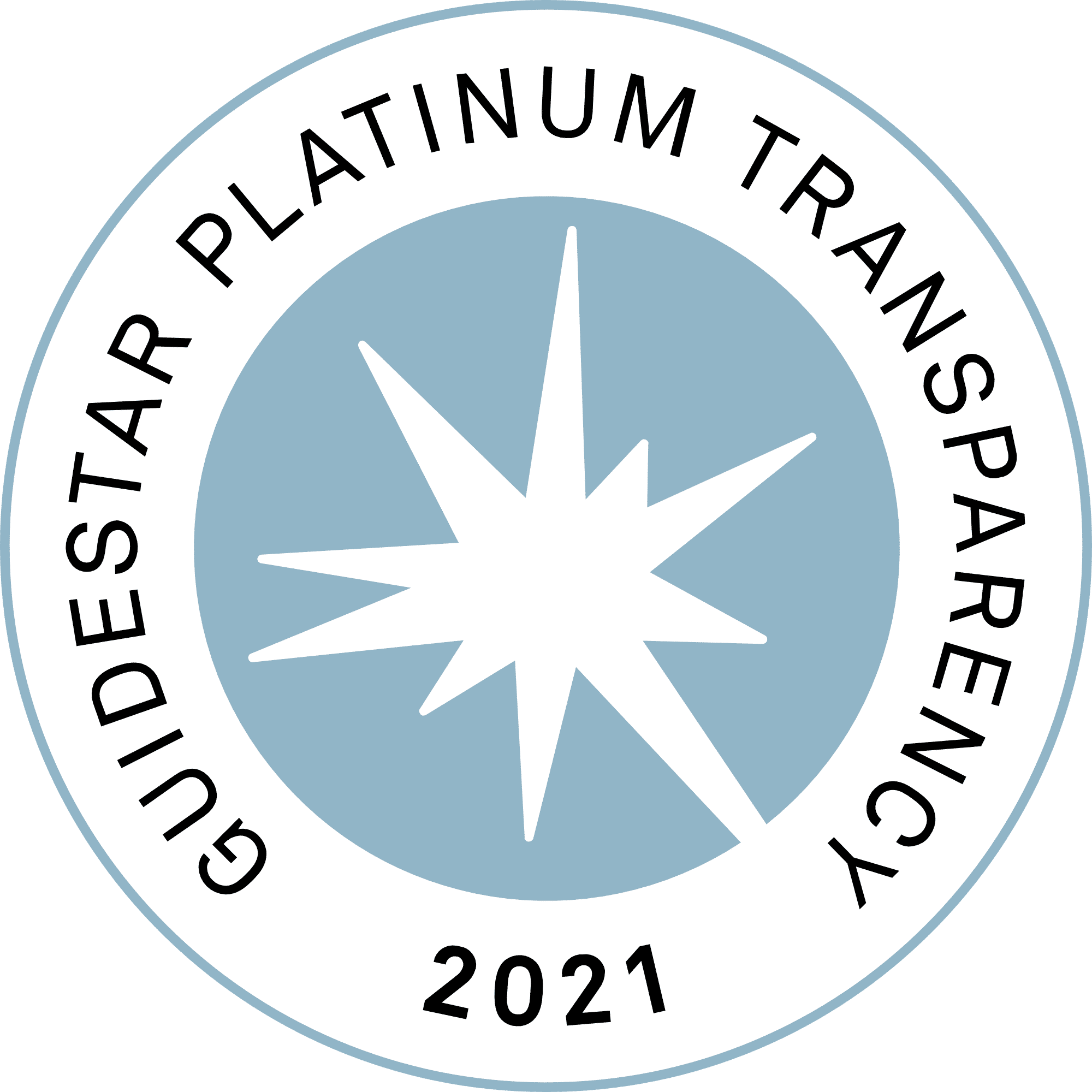By Brian Wargo
Viewing hawks is a way to connect with nature, and counting hawks is about gathering data for scientific studies. At HMANA, we support both hawk watching and counting. The counters are essential members of the HMANA network as they provide crucial data that allows us to monitor the health of raptor populations.
The Center for Disease Control and Prevention (CDC) is continually updating its recommendations for Covid-19 as more scientific studies are reviewed; however, the main transmission of the virus is known to be respiratory droplets from an infected person getting into the body of an uninfected person. This mainly occurs when droplets are expelled from the infected person by speaking, sneezing, coughing, or just breathing heavily and are then inhaled or land on any vulnerable mucus membranes of an uninfected person. It is also possible that the droplets can land in other places (hands, pencils, computer mouse, etc.) and then get transferred to the eyes, nose, or mouth, thereby providing a pathway into the body. While many young and healthy birders can successfully battle the infection, the probability decreases with age and is further compromised by other health conditions.
The seemingly innocuous act of talking launches tiny droplets from our mouths into the air. As we speak more forcefully, more droplets are expelled and can travel farther. In humid conditions with stagnant air, these droplets fall to the ground, with most droplets do so directly in front of the speaker. Fewer droplets travel farther, and even fewer travel even farther than those. This means that as distance increases, the number of droplets decreases. Therefore, the farther away you are from someone, the less likely you will encounter one of those droplets. Thus, the importance of social distancing at the hawk watch.
Masks that are worn over the nose and mouth tend to catch many of the droplets expelled by the wearer and dramatically diminishes the number that can potentially reach others. While the CDC recommends standing six feet from one another, hawk sites have an additional variable–wind. How the wind at a hawk watch affects the movement of droplets is not clear at this point. An obvious concern is being downwind from someone that is potentially infected.
Because there are many unknowns with this current virus, many hawk watch sites are very concerned with continuing their counts. HMANA wants everyone to remain safe while enjoying the birds. We also do not wish hawk counters to police the public, which distracts them and can diminish the upbeat vibe of a hawk watch site. To help remedy this, HMANA is releasing a set of general guidelines to follow when you are visiting your favorite location.



